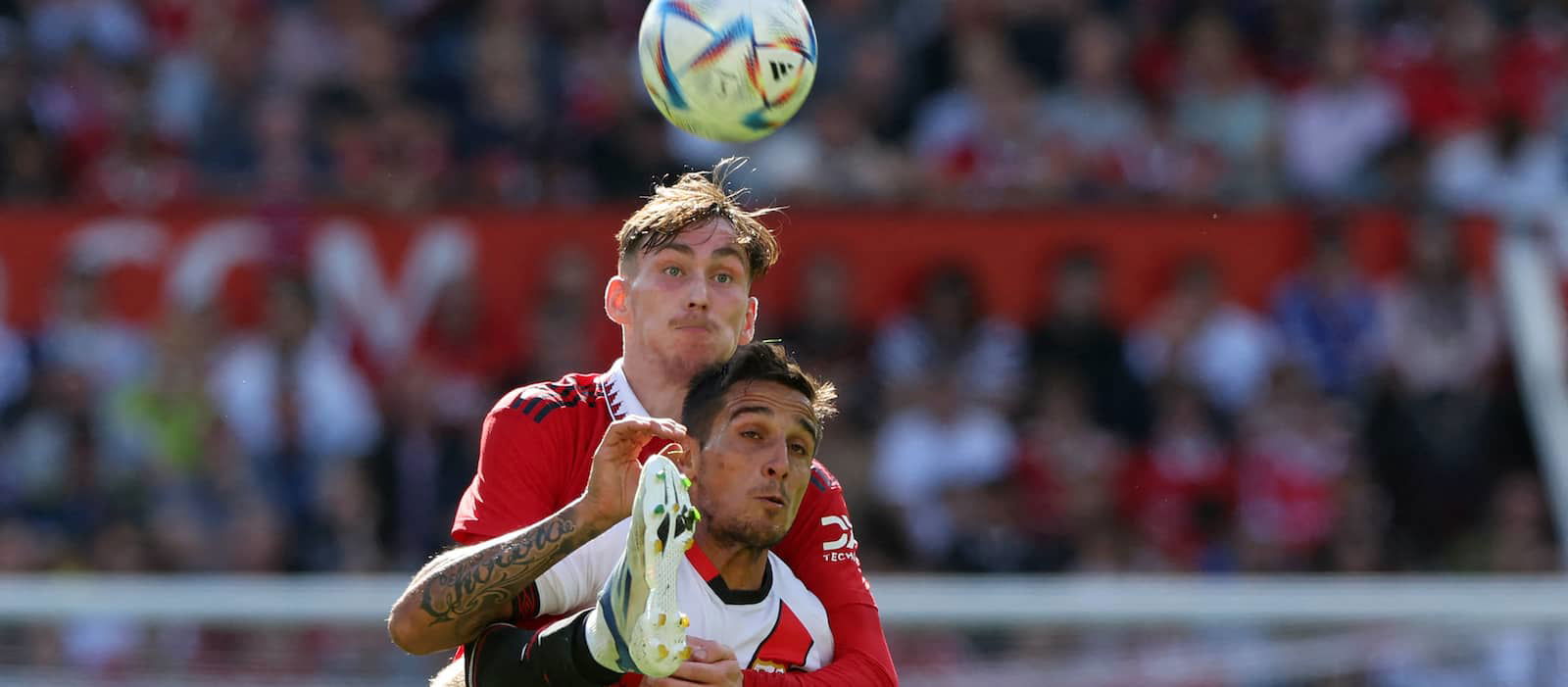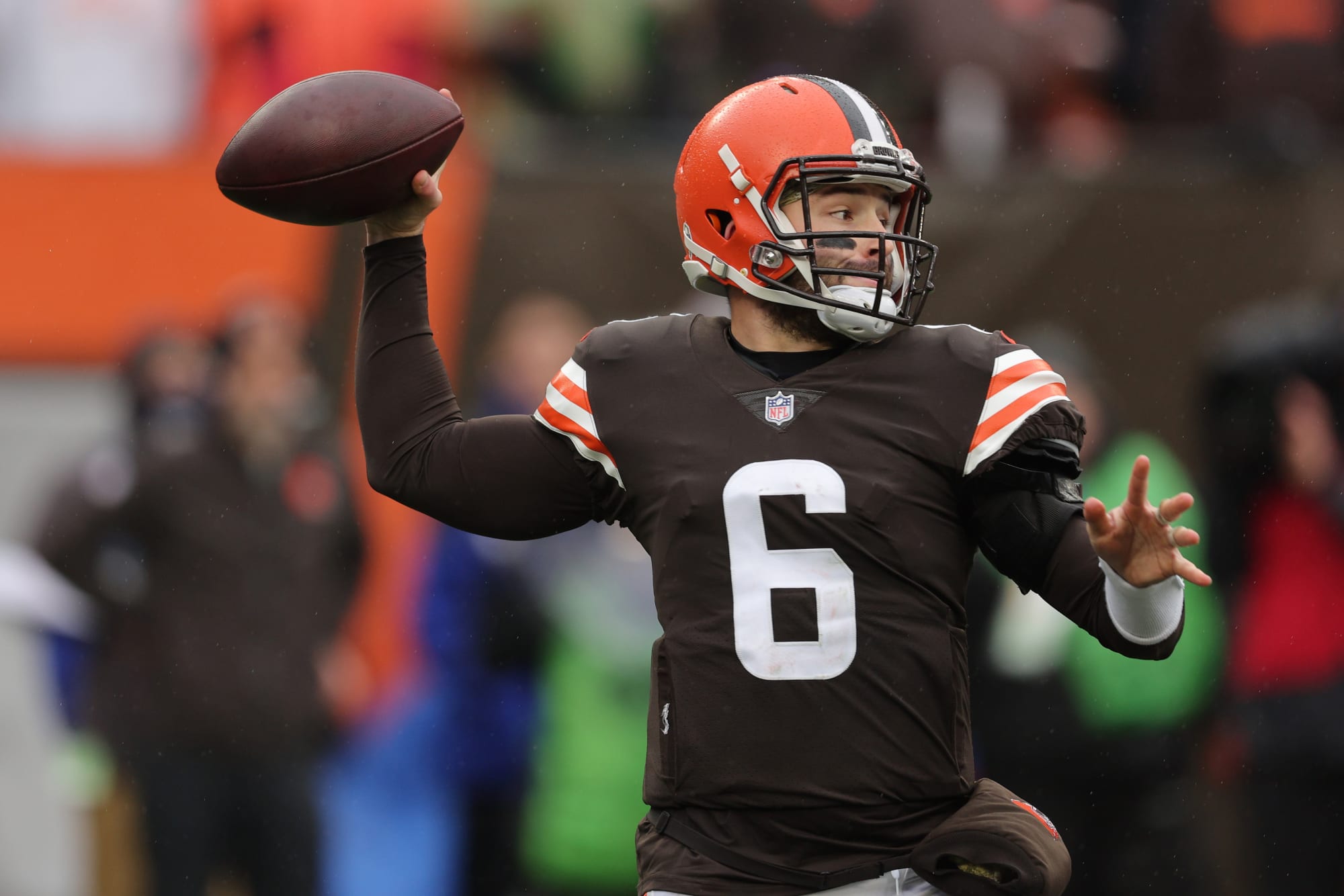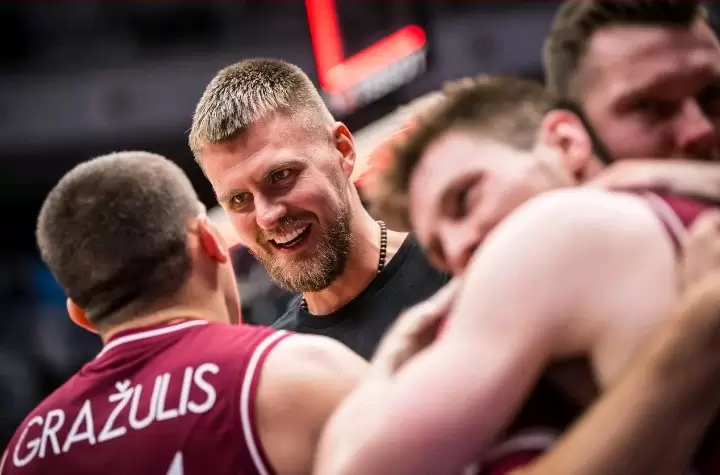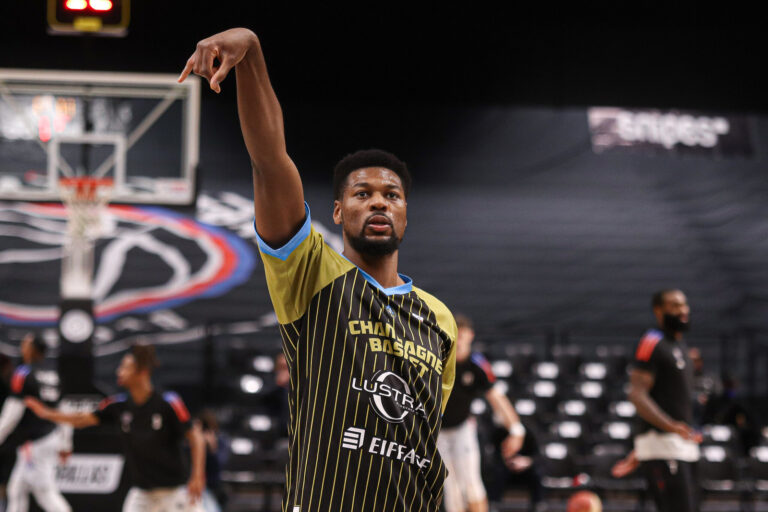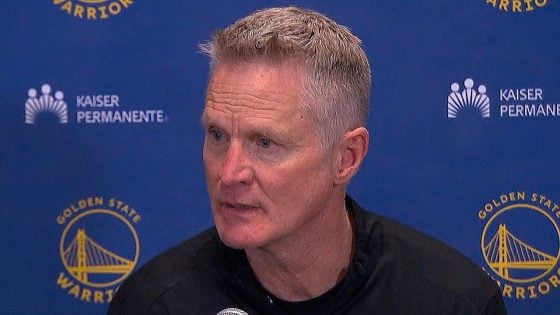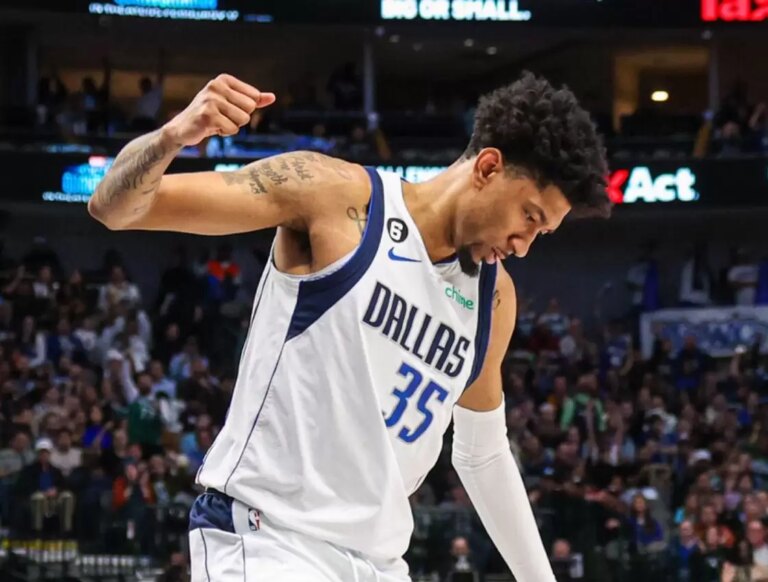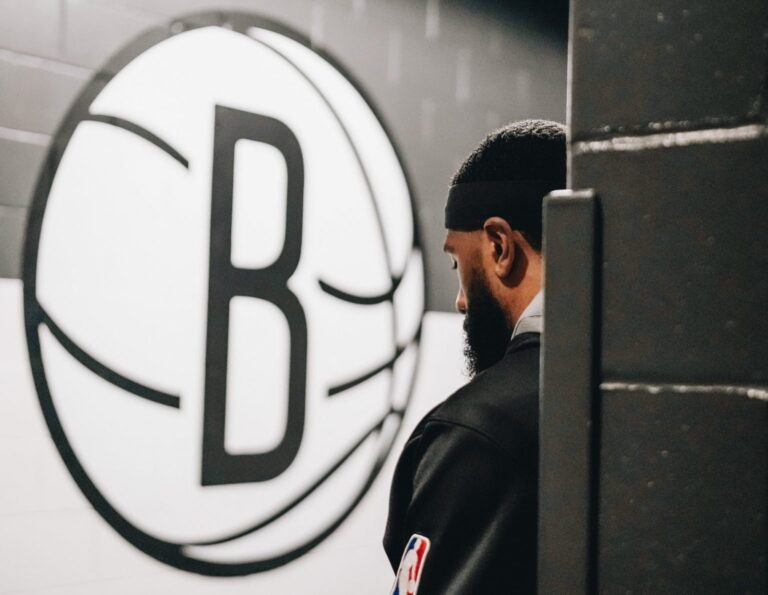Glazers’ decision to sell James Garner to Everton may have multi-faceted repercussions. – Man United News And Transfer News
In a rather surprise move three weeks ago, Manchester United marked their academy product, James Garner, as available for transfer.
The 21-year-old has enjoyed two successful loan spells at Nottingham Forest, playing an intrinsic midfield role in their promotion trail to the Premier League.
Garner, who has captained England through various youth levels, had been viewed by avid United fans as a key player for the future; as a player that could have emulated previous midfield greats who have progressed through their academy system.
Whilst on loan at Forest, Garner displayed his ability to progress his footballing intelligence by being deployed in versatile roles by Steve Cooper. Having initially played in the deeper area of midfield, he transitioned into an attack-minded box-to-box player.
Since his return to Old Trafford at the end of last season, however, things have not gone according to the script.
With lots of hope for this season placed upon Garner establishing himself as a Manchester United first team squad member, the hierarchy instead slapped a £15 million for sale sign on the youngster in mid-August.
Unsurprisingly, a multitude of Premier League clubs expressed immediate interest. According to The Athletic, Southampton, Tottenham Hotspur, Everton, Nottingham Forest, and Leeds all enquired about a deal.
Everton sealed the transfer on deadline day, acquiring Garner on a four-year contract for an initial £9million (potential to reach £15.5million with add-ons). What does this transfer symbolise?
Discussing financial motivations firstly, there is reason to be taken aback by the rather low (modern-day) fee.
In comparison to other Premier League transfers involving young British players moving to different Premier League clubs, Garner seems to have been massively undervalued by United’s moneymen.
Former Liverpool full-back, Neco Williams, was bought by Nottingham Forest – a newly promoted club – for £17million, having appeared fourteen times for Fulham last season in the Championship.
Garner, on the other hand, made sixty-one appearances in total across an eighteen-month spell in the Championship with Forest. United valued him at £3 million less than the amount Liverpool earned for Williams.
Although this comparison does scream incompetence within United’s hierarchical decision-making, there are mitigating factors for William’s excessive fee – the Welshman has already acquired twenty-one international caps and thirteen Premier League appearances under Jürgen Klopp.
Indeed, this would be a valid argument if it were not for Dylan Levitt: a fellow United academy product who moved to Dundee United this summer.
Levitt was bought for a mere £300,000 by Dundee following an inspired loan spell in Scotland. Known for his passing, silky technical ability and composed style of play, Levitt could have fit into Ten Hag’s desired model for a midfielder.
Also a Welshman like Williams, Levitt has not only appeared twelve times for his county, but has also gained invaluable professional and personal experience playing abroad during his loan spell at Istra 1961 in Croatia.
United received 57 times less for Levitt than the fee Liverpool commanded for Williams. An embarrassing indictment on the club’s consistent inability to negotiate major incoming fees.
Secondly, from a youth player standpoint, what does Garner’s transfer listing suggest to fellow academy undergraduates attempting to chisel their way slowly into the first team?
Garner plied his trade in the Championship – to an incredibly fruitful degree; delivered at youth international level; was earmarked by Juan Mata as a player-to-watch; has been handed United first team appearances; and plays the position in which United are depleted of both numbers and quality.
What does his transfer away from the club suggest to, for example, Ethan Laird or Hannibal Mejbri? The pair are expected to feature prominently for Queens Park Rangers and Birmingham City, respectively, in the Championship this season.
Should they cancel their life’s work and hopes of playing long-term for their dream club?
Garner’s transfer carrying the shockingly low fee – for a player of his quality and experience – may thus endanger United’s youth network.
Why would top young players – who are sold hopes and dreams of playing first team football at Old Trafford – sign a contract with a club who will sell them, regardless of the individual’s talent and efforts? Indeed, sales of academy products can be expected and is part of the football cycle. But even though Garner has earned his stripes and is still only 21 years old, United were desperate to get rid (which the low asking price would suggest). Not the most optimistic message to send to hopeful youths.
Instead of progressing Garner’s development within the club, United are looking to fund expenditures for young talents from other academies (see the latest extortionate Antony deal, for example) – unproven in both the “United standard” mentality and quality departments in which Garner has strived.
Would the pressure of playing for the academy for one of the biggest clubs in the world, and the dedication, hard work, and aspirations that come alongside, be worth the inevitable betrayal?
Check out our Latest News and Follow us at Facebook
Original Source

